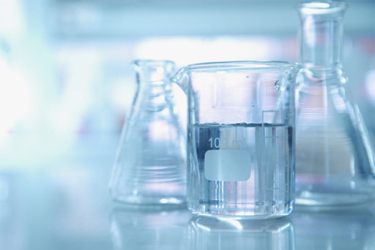API Solubility And Dissolution Enhancement Via Formulation

In any oral drug formulation, the solubility of the active pharmaceutical ingredient (API) plays a crucial role in ensuring effective absorption within the body. For an API to be absorbed into the systemic circulation, it must first dissolve in the gastrointestinal (GI) fluids at the site of absorption. If the API remains undissolved or only partially dissolves, it cannot permeate the gastrointestinal membrane, thereby failing to enter the bloodstream. As a result, the drug will not produce its intended physiological or therapeutic effect. When it comes to solid dosage forms, such as tablets or capsules, both the solubility and the dissolution rate of the API are key determinants of bioavailability—the proportion of the drug that reaches systemic circulation in an active form. Solubility refers to the maximum amount of the API that can dissolve in a given solvent, while the dissolution rate describes how quickly the API dissolves in a liquid medium. These two properties work in tandem to influence how much of the drug becomes available in the limited volume of GI fluid and how rapidly this occurs.
Learn more about how both solubility and dissolution rate directly impact the extent and speed of drug absorption, ultimately affecting the drug’s bioavailability and therapeutic efficacy.
Get unlimited access to:
Enter your credentials below to log in. Not yet a member of Pharmaceutical Online? Subscribe today.
